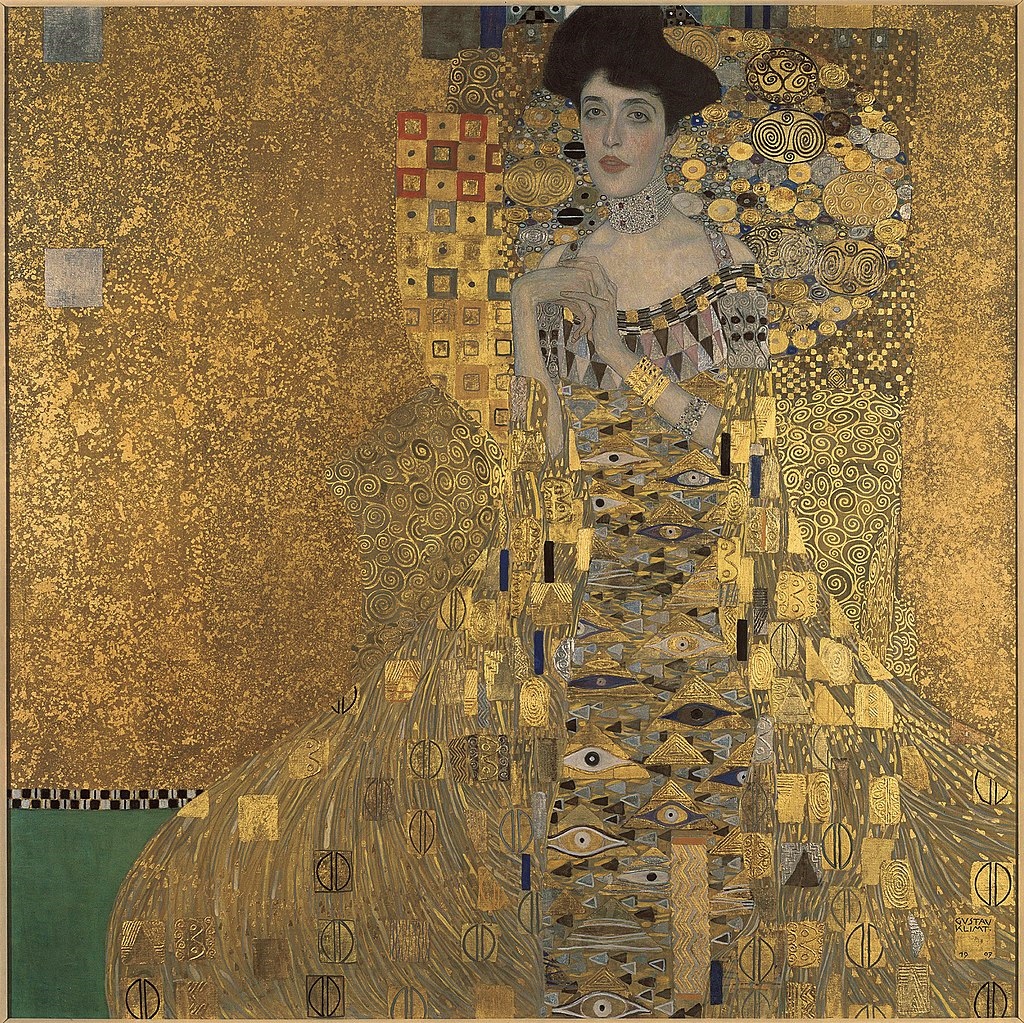As the Spy and thousands of fans of the writer Neil King, Jr. continue to mourn his early death last week, we reached out to our friends at the Avalon to obtain the video of Neil’s appearance with his friend and photographer Jeff McGuines in the Stoltz Listening room in November 2023. They gathered in a filled room to talk about Neil’s book, American Ramble, for one of our Spy Nights, and it seemed like the perfect long-form interview of two close friends delightfully rambling themselves to share with our readers on a lazy Sunday morning on the Mid-Shore of Maryland.
This video is approximately 50 minutes in length.








